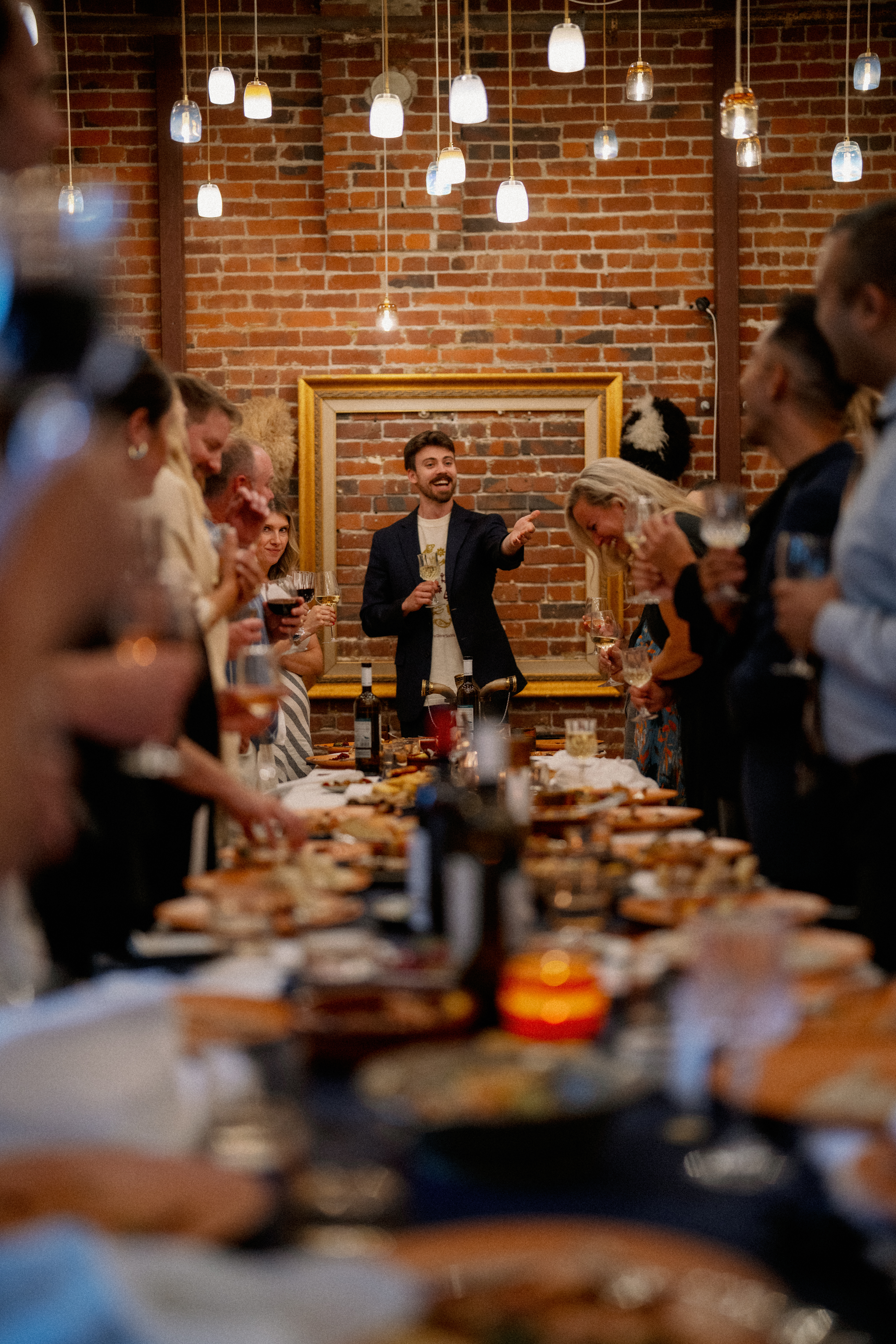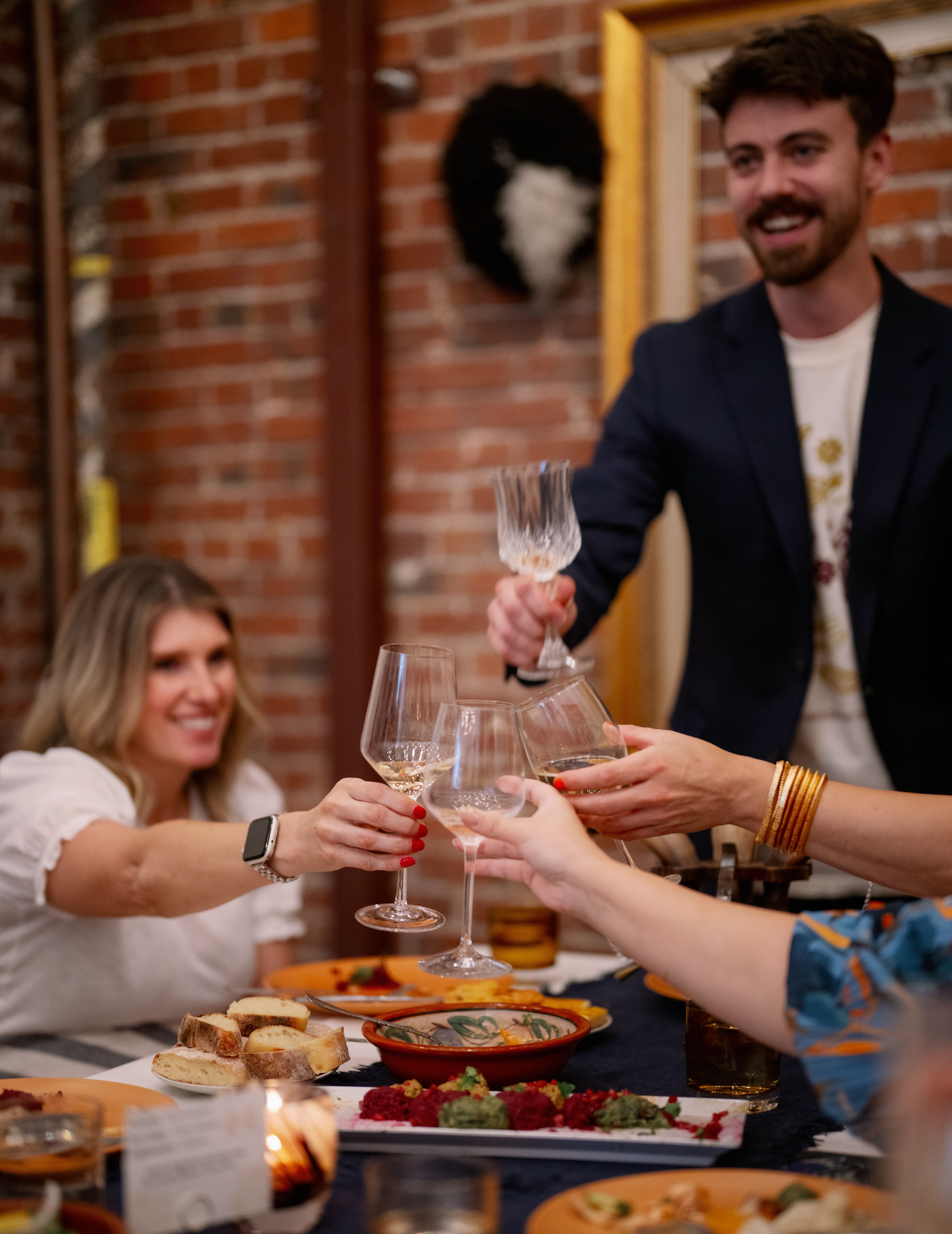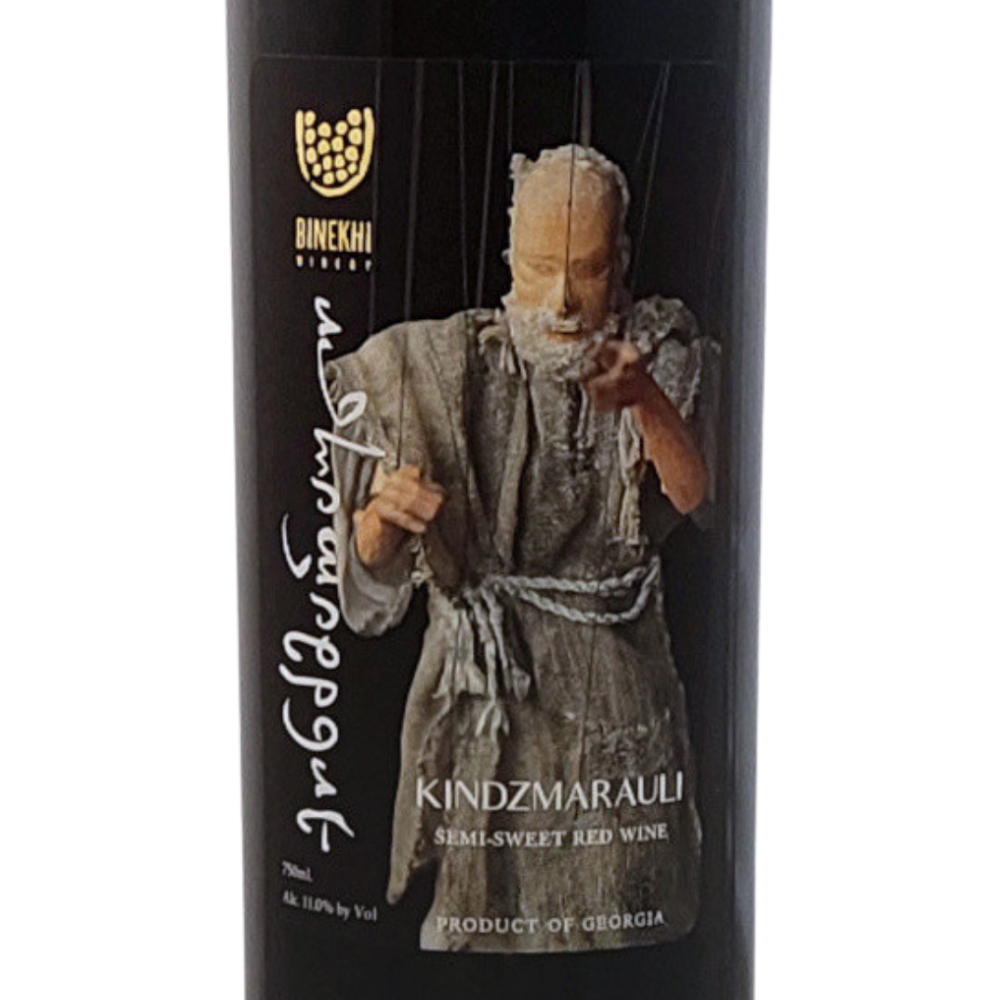An Ancient Wine Tasting Experience in Seattle
Think of Supra Dinner Society as a wine club aimed at recovering our shared humanity in Seattle. Like the unique Georgian wines that we serve, the Supra is an ancient tradition that the modern palate is longing for.
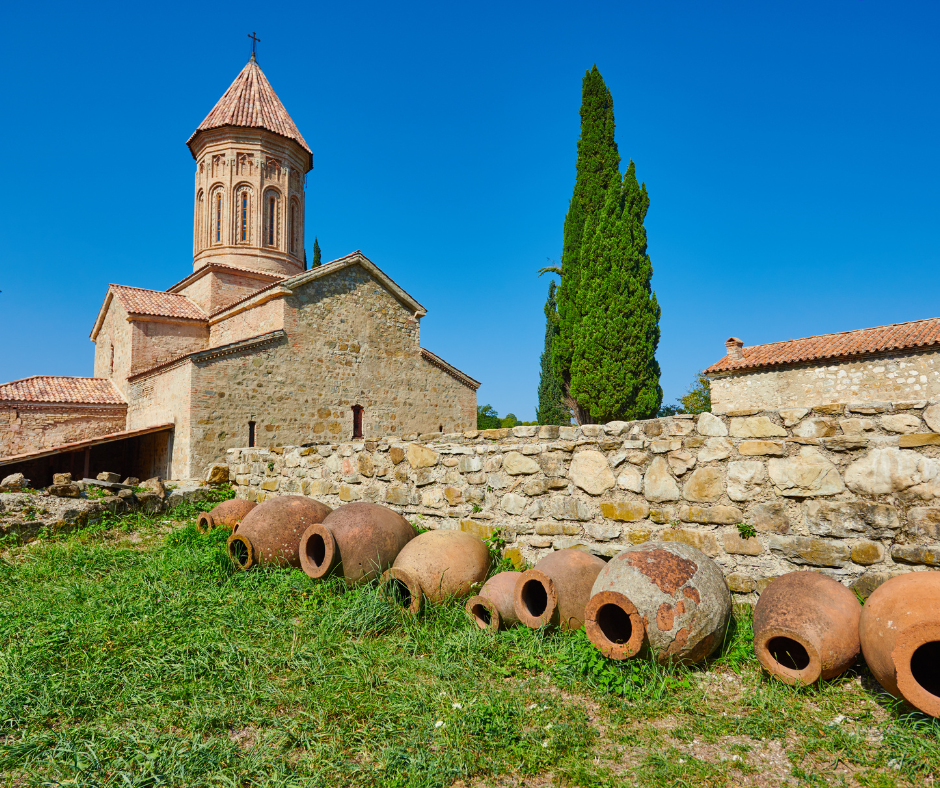
The Role of Wine at the Supra
Georgian wine is very good. And more importantly, the wine brings out our good words. At a Georgian Supra dinner, a Tamada, or toastmaster, takes a table full of guests on a journey through life’s highs and lows, by offering a series of toasts throughout the dinner. Wine plays an important role during such an evening of heartfelt celebration and storytelling. For Georgians, wine is much more than an alcoholic beverage that gives a nice buzz. Wine is sacred. It is God’s gift to mankind, to gladden the heart, and remind everyone of the blood we share. Therefore, it is not consumed for the purpose of drunkenness, but rather as a means to encourage sincerity of the heart.
How to Drink Wine at a Supra
After each toast, guests proclaim ‘Gaumarjos’, the Georgian word for cheers, and then take a sip of wine, to honor the words. ‘Gaumarjos’ is a declaration of victory, to exalt each toasting theme: gratitude, love, friendship, homeland, etc. Sometimes, the Tamada will celebrate certain guests by offering them to drink wine from rams’ horns, or khantsi. Of course, at an American Supra, wine is optional, and though it flows in abundance, we do not encourage intoxication. At a Supra, wine is for the words; it is not the destination, but one of the vehicles that brings everyone gathered to a profound unity.
We highly recommend that guests take an Uber to and from a Supra – you don’t want to miss out on the unique Georgian wines and the full Supra experience.
Georgia: The Cradle of Wine
Archeologists and historians tell us that wine originated in present-day Georgia, 8,000 years ago. The region’s moderate climate, rich soil and natural springs provide the perfect environment for over 500 varieties of grapes to thrive in a country about the size of South Carolina. Georgians are quite proud of their wine and its central role in their culture and Orthodox Christian religion. They consider guests to be ‘gifts from God’, and if you’re lucky, they’ll invite you in their homes to try their own homemade wine, and even partake in a Supra.
The Modern History of Georgian Wine
The modern history of Georgian wine is a story of tragedy and redemption. The Soviet dictator, Joseph Stalin, though born in Georgia, didn’t have a very complex wine palate. Under his orders, family vineyards were confiscated by the state, and the abundant variants of grapes were abandoned in favor of only a few wine varieties, which were mass produced to serve the rest of the Soviet Union. For decades, the majority of the old indigenous grapes and viticulture techniques were not to be seen.
After the fall of the Soviet Union, Russia became the sole importer of Georgian wine, until Georgia-Russia relations came to a head, resulting in the 2006 Russian embargo on Georgian wine; a blessing in disguise. Only then did Georgian winemakers rediscover the old forgotten grape varieties, and return to traditional methods of viniculture. These new but ancient wines, unique and complex, caught the attention of western wine connoisseurs, and the Georgian wine industry has been on the rise ever since.
The Qvevri: Traditional Georgian Winemaking Techniques
Since the Russian embargo on Georgian wine, the ancient qvevri method of winemaking has made a comeback. Grapes are crushed and then placed into large, egg-shaped clay pots called qvevri (pronounced kwevry) – skins, stems and all. The qvevri is then sealed with bees wax, and buried. As it turns out, the temperature right under the earth is ideal for wine fermentation. The juice ferments for at least five or six months, before the qvevri is opened and the wine is transferred to another qvevri to age.
The solids that remain can be distilled to make cha cha or brandy. Compared to wine made in steel vats, qvevri wines display more tannins and earthiness, due to prolonged skin contact, as well as contact with the porous clay. In old times, some Georgians would bury a qvevri to celebrate the birth of a daughter, and then exhume it on the day of her wedding.
The Qvevri: Traditional Georgian Winemaking Techniques
Since the Russian embargo on Georgian wine, the ancient qvevri method of winemaking has made a comeback. Grapes are crushed and then placed into large, egg-shaped clay pots called qvevri (pronounced kwevry) – skins, stems and all. The qvevri is then sealed with bees wax, and buried. As it turns out, the temperature right under the earth is ideal for wine fermentation. The juice ferments for at least five or six months, before the qvevri is opened and the wine is transferred to another qvevri to age.
The solids that remain can be distilled to make cha cha or brandy. Compared to wine made in steel vats, qvevri wines display more tannins and earthiness, due to prolonged skin contact, as well as contact with the porous clay. In old times, some Georgians would bury a qvevri to celebrate the birth of a daughter, and then exhume it on the day of her wedding.
Our Georgian Wines in Seattle
The Supra dinner experience in Seattle features four unique Georgian wines, to illustrate the diversity of Georgian wine. Each of these wines is imported from the renowned Kakheti region of Georgia, known for its unique terroir and ideal growing conditions.
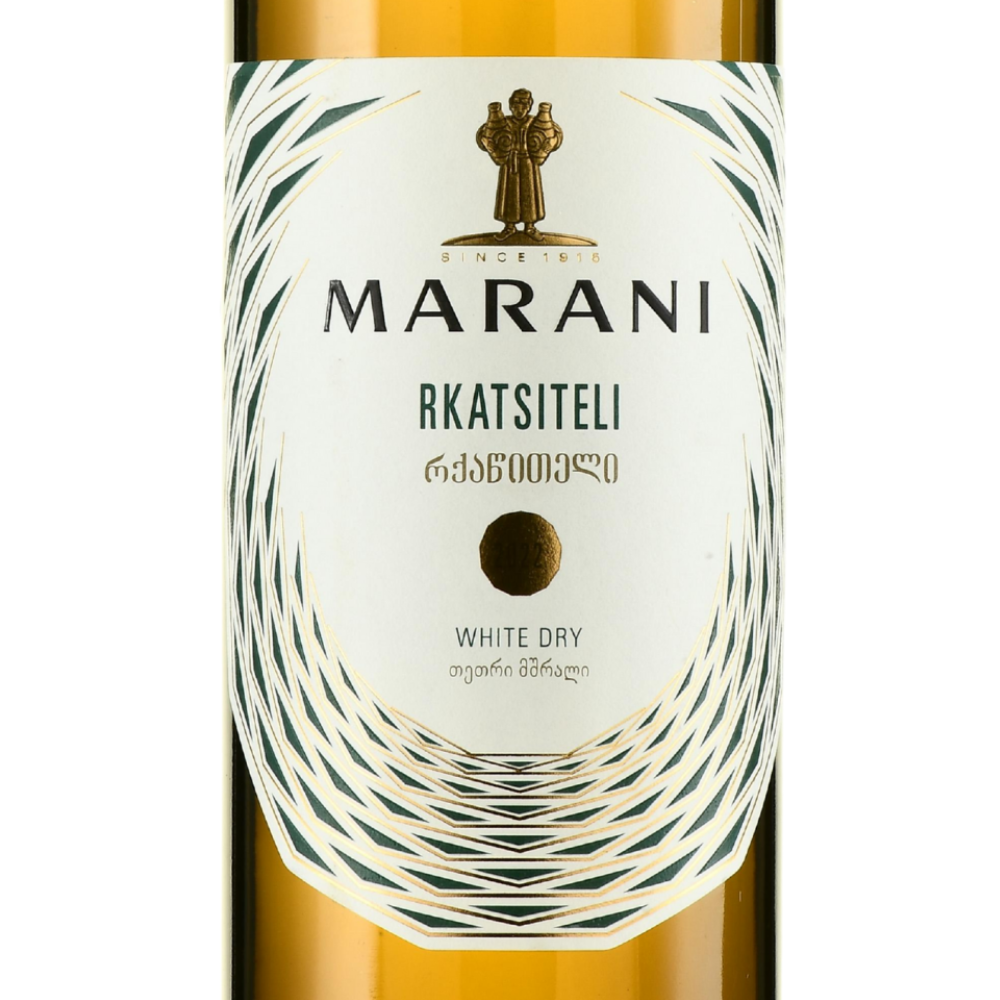
Dry White Wine
Marani Rkatsiteli
The Rkatsiteli grapes give this refreshing wine its light straw color. The nose is a captivating bouquet of fresh, green fruits, such as green apple, pear, and citrus. The mouth is crisp and refreshing, with a harmonious balance of acidity and fruitiness that creates a clean, lingering finish.
Available at Seattle Supras
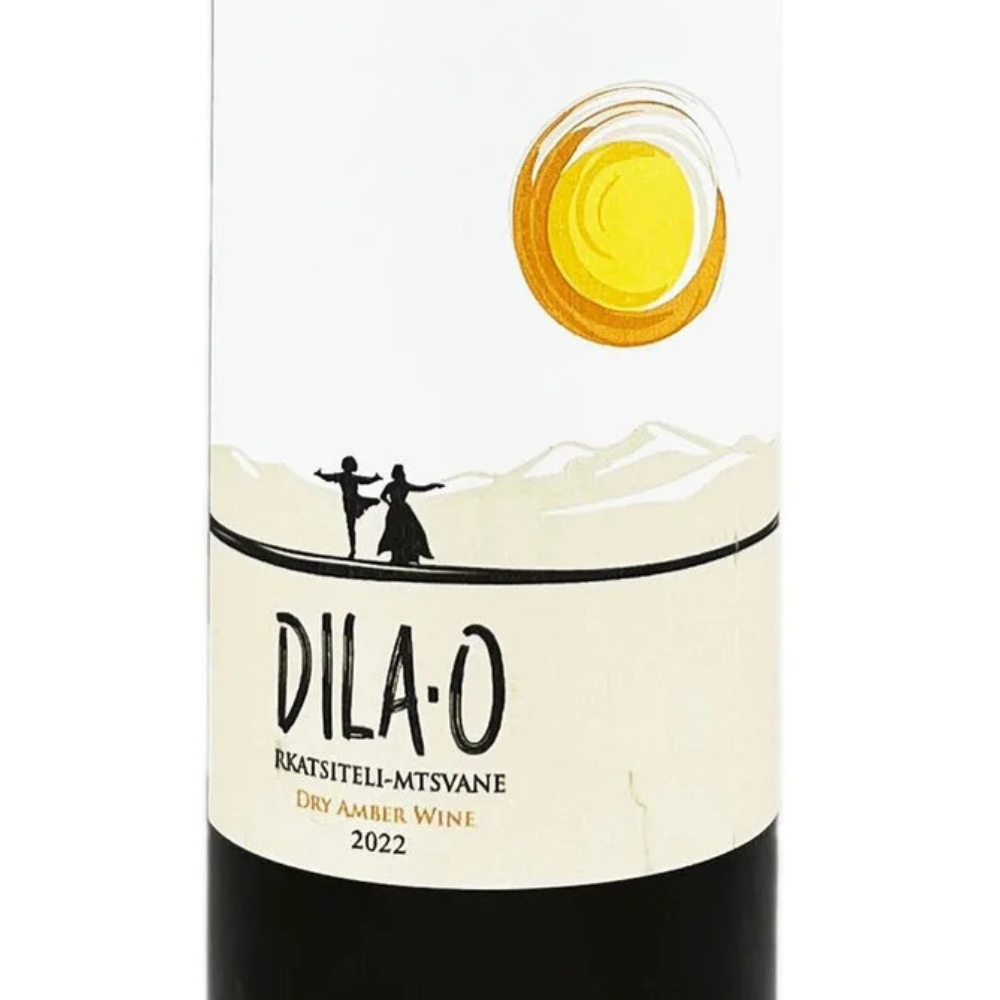
Dry Amber Wine
Dila-O Rkatsiteli Mtsvane
An elegant, light amber-colored, full-flavored wine. This wine is made using the traditional method of the qvevri. The nose is intense, with aromas of white fruits and fine herb flavors. The mouth is complex and minerally, finishing with herbal aromas and fresh tannins.
Available at Seattle Supras
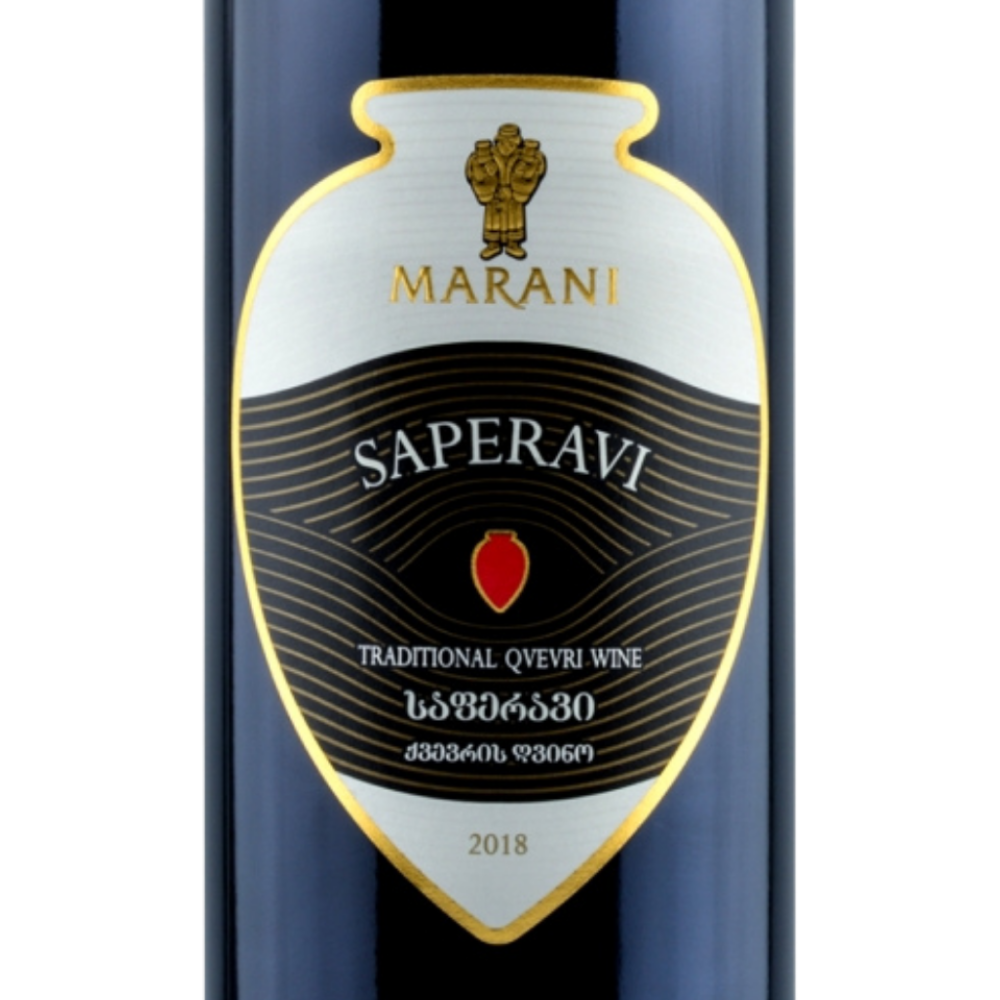
Dry Red Wine
Marani Saperavi
Dry red wine made in a traditional qvevri, with Georgia’s signature Saperavi grape. The nose is intense, offering aromas of fresh, ripe red fruits and minty flavors. The mouth is soft and juicy, finishing on sweet spices and young tannins as a result of traditional skin maceration in a qvevri.
Available at Seattle Supras

